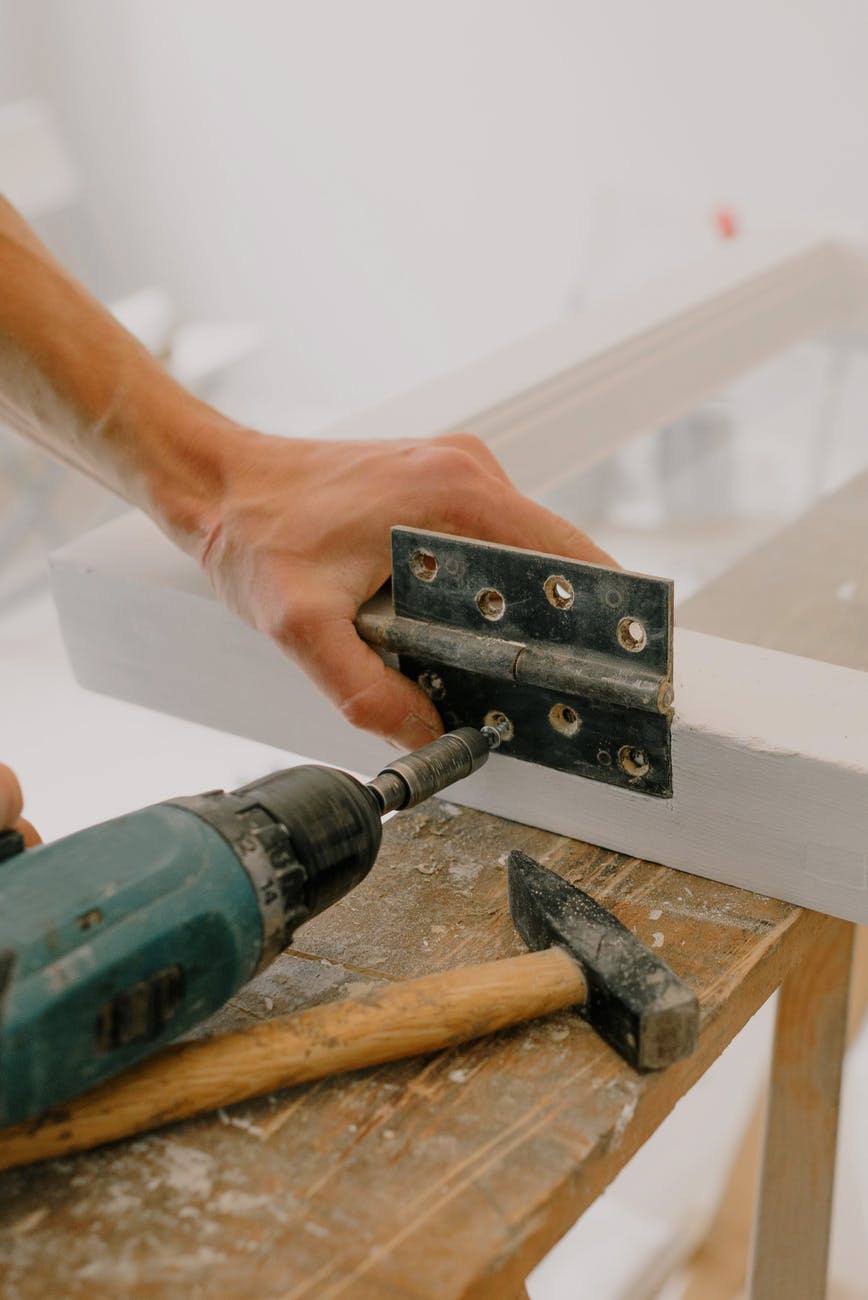Homeowners and home remodeling contractors have a few options when it comes to improving the performance of their windows. Some opt for temporary DIY solutions like installing window films or replacing weatherstripping, while others replace entire windows with new, more energy-efficient ones.
While window replacements are more expensive than low-budget DIY fixes, they’re almost always the best solution. Homeowners who want to make the most of their investments can read on to find some efficiency tips that can help.
Choose Reputable Home Improvement Contractors
Before replacing your windows, take the time to look into local contractors. Some have more experience and expertise than others, so pay attention to things like the company’s reputation, what types of services they offer, and how long the new windows will be covered under warranty. Remember, even high-quality windows won’t provide a good thermal barrier if they’re not properly installed, so it’s worth doing some research before deciding who to trust with the window replacement work.
Look for High-Quality, Double-Pane Windows
Most older homes have single-pane glass windows, which only provide an R-value of 0.9 to 0.96. Double-pane windows are far more energy-efficient because they feature two panes of glass with either air or a dense gas such as Argon inside, which makes them far more effective when it comes to forming a thermal barrier. Most homeowners also opt for low-E coatings, which can further improve energy efficiency ratings, and check Energy Star certifications to ensure quality.
Know When to Schedule a Window Replacement
Since replacing windows requires a significant investment, some homeowners put it off until their windows form visible cracks. Homeowners who want to prioritize efficiency should keep an eye out for other signs that their windows are not performing as well as they could be. Those signs could include:
- WIndows that are over 25 years old
- Single-pane glass
- Cracked glass, sashes, or frames
- Fogged glass on double-pane windows
- Soft wooden frames
- Windows that frequently stick
- Noticeable drafts
Higher-than-usual heating and cooling bills
Each of these signs indicates that the window is no longer in good shape, which means it also isn’t as efficient as it used to be. In some cases, retrofitting the windows at home by adding storm windows to single-pane glass or replacing the weather stripping can help. More often than not, though, these problems are best resolved by replacing the windows.
Pick the Right Window Frames
These days, homeowners have more options than ever when it comes to window frame materials, but not all of them are created equal. In decades past, wood frames used to be the standard for residential homes, but today, vinyl frames are most contractors’ go-to. There’s a good reason for that preference. Vinyl frames are more affordable than wood, require less maintenance, and often come with lifetime warranties.’
Buy Replacement Windows
Replacement windows, which are also referred to as retrofit windows, are significantly less expensive than the full-frame windows used in new construction. Unless the home is extremely old or there has been substantial damage to the window, replacement windows are just as effective at improving energy efficiency so they’re a much more cost-efficient option.
Request a Quote Today
Whether homeowners are ready to have those aging windows replaced ASAP or they’re just looking into options, the best place to start is by requesting quotes from local contractors. Find a home remodeling company with good reviews and plenty of experience replacing windows, then reach out for a free home improvement quote.
